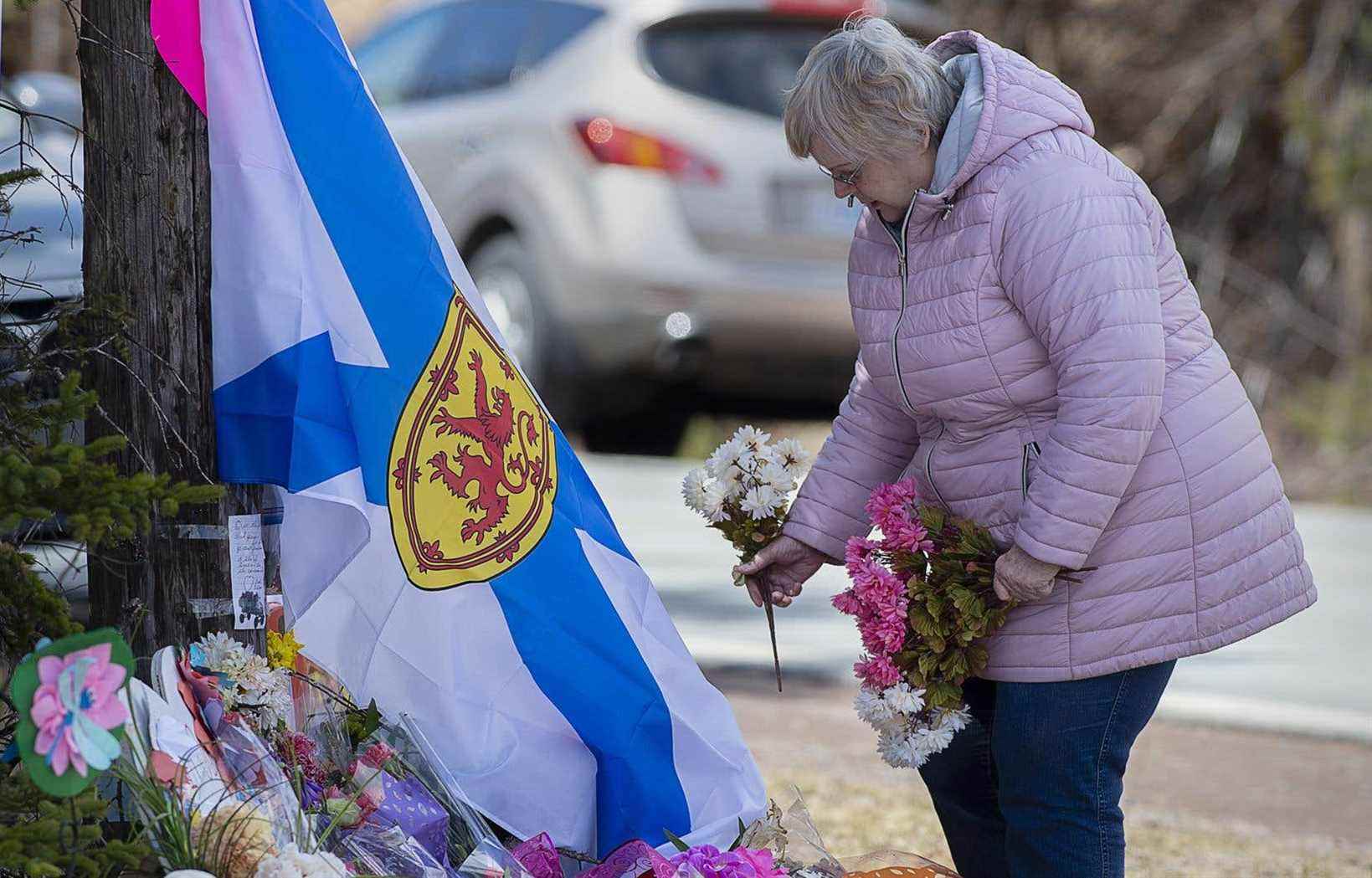Numerous communication problems within the Royal Canadian Mounted Police (RCMP) are partly to blame for the inability of the police to arrest the Portapique killer during his 13-hour run, documents reveal.
The man had killed 22 people on April 18 and 19, 2020.
Transcripts of interviews with two constables who helped coordinate the police response reveal that key information about the killer’s vehicle ― a replica RCMP car ― either was not passed on to senior officers or was ignored.
Among the first officers called on the night of April 18, 2020 was Staff Sergeant Allan Carroll.
He said that shortly after 10 p.m., he and another gendarme learned that a gunman in Portapique, identified as Gabriel Wortman, was shooting at people and setting homes on fire.
They were also told that he was driving a fake police car.
Based on the information he received, Carroll said he then understood that the suspect was driving an old, disused police car, which had no markings on it.
“And that’s what we heard, an old police car,” he told investigators.
But that’s not what Portapique witnesses told 911 operators. The killer’s first victim, Jamie Blair, described the car as “tagged as RCMP.” And shortly after she was shot and killed in her home at 10:04 p.m., her 11-year-old son – who survived the chaos – told 911 the vehicle was “just like…a police car”, with appropriate headlights and decals.
Deficient Cards
Staff Sergeant Addie MacCallum testified that that evening his priority was to get an overview of what was happening in Portapique. But it took him half an hour to find a computer with the RCMP’s Computerized Incident Dispatch System, which uses satellite tracking to show the positions of police vehicles.
But the system was flawed, so he tried Google Earth, but soon found that the site was “creating roads where there were none”. The officer then recalled that all detachments are supposed to have access to a licensed program called Pictometry, which provides access to high-resolution aerial photography.
“I couldn’t find it,” he said. So we ended up removing a map from the wall. »
At approximately 10:45 p.m., 20 minutes after the first officer arrived at the scene, the shooter escaped down a lightly traveled dirt road next to a field of blueberries.
“It didn’t show up on the map we were looking at,” Carroll said.
The public warned late
It was not until the morning of the 19th that the RCMP obtained a photo of the car, provided by the spouse of the shooter.
At 7:45 a.m., approximately 30 minutes after the photo was released, Mr. MacCallum had been instructed to prepare a public statement with the assistance of the RCMP Media Relations Department. He said he made it clear that the public should be warned to watch the car.
At 8:02 a.m., the RCMP released a brief statement on Twitter publicly confirming for the first time that they were looking for an active shooter, nearly 10 hours after the killer killed his first victim. A notice about the vehicle, however, had not been published until 10.17am, two and a half hours after Mr MacCallum had received the photo.
